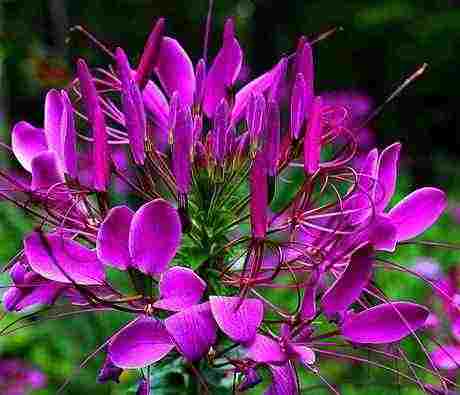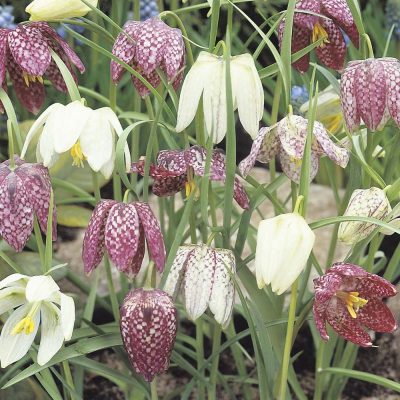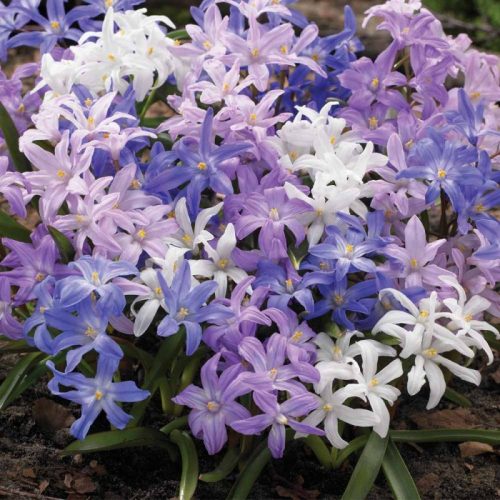Delphinium Magic Fountain and Pacific Giant

Today, 23rd January, I have potted on the Delphinium Magic Fountain seedlings that have been overwintering on the window ledge. Five out of the six survived and I am hopeful that they will grow on until I can get them into the garden after the last frost. I can’t wait to see what colour they are. 29th April – I have lost the Magic Fountain to frost. I shall replace them on Sunday with a plant from the garden centre. I shall endeavour to find the same variety as they look lovely. Well, I popped to get some brassica seedlings this afternoon and spotted a Delphinium Magic Fountain White just sitting there waiting for me. It’s now sitting on my desk where it will be nurtured until all risk of frost is gone.
 Delphinium Magic Fountain is a lovely delphinium with a smaller more compact stature than some of the taller delphiniums. It is ideal for where space is at a premium, grows to a height of around 90cm. Because of its short stature and healthy thick stems, it does not require staking. It produces sturdy flower spikes throughout the summer. Blooming from June to September it is attractive to bees and is a wonderful cut flower.
Delphinium Magic Fountain is a lovely delphinium with a smaller more compact stature than some of the taller delphiniums. It is ideal for where space is at a premium, grows to a height of around 90cm. Because of its short stature and healthy thick stems, it does not require staking. It produces sturdy flower spikes throughout the summer. Blooming from June to September it is attractive to bees and is a wonderful cut flower.
Delphinium Pacific Giant. A distinguished delphinium producing strong spikes of semi-double blooms in a dreamy blend of pink, lilac, purple, violet-blue, sky-blue and white. Delphinium Pacific Giants are excellent for cutting and add structure and presence to the back of cottage garden perennial borders.
The Pacific Giant were potted on at the same time as the Magic Fountain but two of these have survived the frost. The lesson here is that out of twelve seedling I only have two strong plants so I put them out to soon. They were very cheap though so I suppose you get what you pay for. Delphiniums are self seeding so I look forward to collecting my own seed eventually.
 Delphinium Cultorum Magic Fountain White – bought today from Webbs of Wollaston for £2.00.
Delphinium Cultorum Magic Fountain White – bought today from Webbs of Wollaston for £2.00.



 Despite it’s recent revival in popularity Cleome hassleriana ‘Rose Queen’ is actually an heirloom flower having been grown in gardens since 1817. A beautiful variety with deep, rose-pink flowers that fade to light pink. The large, open, airy flowers have a strong scent and bloom throughout the summer until frosts. Eye-catching spidery flowers and palm-like leaves add a tropical look to the late summer garden. Cleome are very easy to grow are generally free of pests and considered drought tolerant. Despite that fact they grow their best in moist but well drained soil and full sunlight. The spidery flowers make attractive cut flowers and the seed heads can be dried and added to bouquets. Frost and cold winds are lethal to this elegant South American annual. If you wish to start them early in the year do so under glass and only plant out after the danger of frosts has passed. Sow indoors in April or outdoors May to June. Cleome like good light levels and germinate quickly if sown quite late. Start them in April or early May. If planted too early the seeds will not germinate and may rot. Sow indoors 4 to 6 weeks before last frost, or sow directly where they are to flower after all danger of frost has passed.
Despite it’s recent revival in popularity Cleome hassleriana ‘Rose Queen’ is actually an heirloom flower having been grown in gardens since 1817. A beautiful variety with deep, rose-pink flowers that fade to light pink. The large, open, airy flowers have a strong scent and bloom throughout the summer until frosts. Eye-catching spidery flowers and palm-like leaves add a tropical look to the late summer garden. Cleome are very easy to grow are generally free of pests and considered drought tolerant. Despite that fact they grow their best in moist but well drained soil and full sunlight. The spidery flowers make attractive cut flowers and the seed heads can be dried and added to bouquets. Frost and cold winds are lethal to this elegant South American annual. If you wish to start them early in the year do so under glass and only plant out after the danger of frosts has passed. Sow indoors in April or outdoors May to June. Cleome like good light levels and germinate quickly if sown quite late. Start them in April or early May. If planted too early the seeds will not germinate and may rot. Sow indoors 4 to 6 weeks before last frost, or sow directly where they are to flower after all danger of frost has passed. The white Cleome Spinosa Helen Campbell looks good in large drifts on its own or intermingled with white cosmos Purity. It’s 16th May and a warm rainy day so I am about to go and sow seeds of both in the white border. The advice is to put seeds on the surface of the soil as they need light to germinate.
The white Cleome Spinosa Helen Campbell looks good in large drifts on its own or intermingled with white cosmos Purity. It’s 16th May and a warm rainy day so I am about to go and sow seeds of both in the white border. The advice is to put seeds on the surface of the soil as they need light to germinate.






 Supplied as bare roots, these are large, mature plants ‘in the green’ which will quickly establish once planted. Our wallflowers are field-grown in the UK and are lifted, hand graded, packed and despatched all within a 48 hour period to ensure the quality of our plants. Grow in any well-drained soil in full sun. Fully hardy, biennial. Woolman.
Supplied as bare roots, these are large, mature plants ‘in the green’ which will quickly establish once planted. Our wallflowers are field-grown in the UK and are lifted, hand graded, packed and despatched all within a 48 hour period to ensure the quality of our plants. Grow in any well-drained soil in full sun. Fully hardy, biennial. Woolman.
